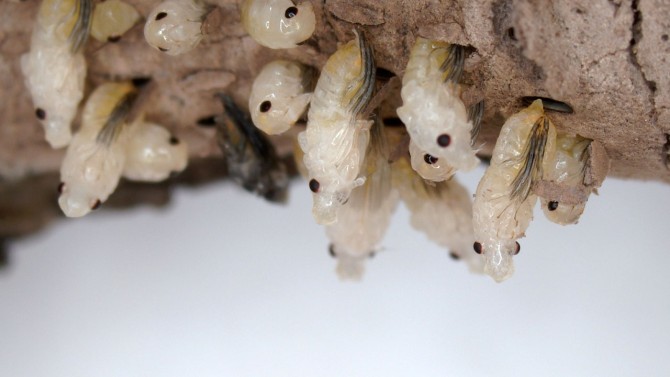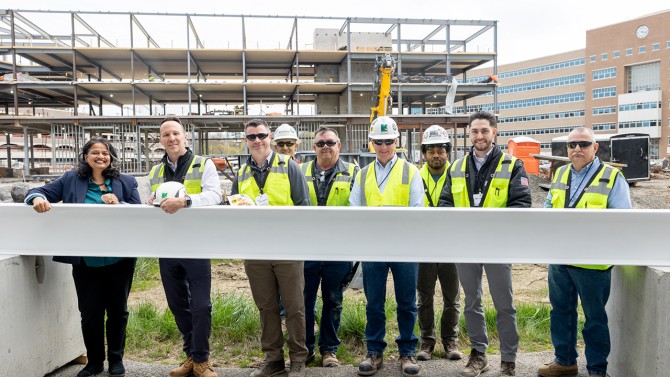The pilot of a Robinson R44 helicopter likely lost awareness of and did not see a powerline that was struck during mustering, an Australian Transport Safety Bureau investigation has reported.
The helicopter struck the single aerial wire while the pilot was reportedly looking for straggling cattle on a property at Bingegang, Queensland on 4 April 2023. The wire, which ran across the property and was estimated to be at a height of about 5.6 metres at the point of impact, was not marked, but was not required to be.
The helicopter subsequently collided with the ground. The pilot was fatally injured, and the helicopter was destroyed by a post-impact fire.
The ATSB investigation final report notes that while terrain was clear to the right of the helicopter’s flightpath, there were trees taller than the wire height that would have obscured the wire and pole on the left side.
“As part of the investigation a drone was flown along the helicopter’s approximate flight path and height prior to striking the powerline,” ATSB Director Transport Safety Dr Stuart Godley said.
“Images from the drone simulating what the pilot would have seen when approaching the wire showed the wire was difficult to distinguish from the background and the left pole was obscured by trees.”
The pilot was reportedly familiar with the property and knew the powerline ran across it, although it was not possible to conclusively determine the level of awareness they had of the wire’s presence and location during the accident flight.
“Wires are notoriously difficult to see from the air, even when you know where they are,” Dr Godley said.
“This accident provides another tragic reminder of the dangers posed by aerial powerlines during low-level mustering, and we encourage all pilots involved in low-level operations like mustering and spraying to familiarise themselves with our educational publication on wirestrikes which details numerous wirestrike accidents and lessons learned from them.”
Wirestrikes involving known wires: A manageable aerial agriculture hazard was produced in cooperation with the Aerial Application Association of Australia, and highlights that in 63 per cent of wirestrike accidents the pilot was aware of the position of the wire before they struck it.
Strategies highlighted by the publication include:
- avoiding unnecessary distractions and refocus when distracted;
- being aware of vigilance limitations;
- not relying on your ability to react in time to avoid a wire;
- actively looking for and reminding yourself of wires;
- being aware of and managing pressures; and
- having a systematic approach to safely managing wires.
The ATSB also notes that electrical power and telecommunications companies in Australia can mark powerlines that are identified as a hazard for low-level flying operations, and some have schemes in place to reduce the costs to property owners.
“The ATSB encourages property owners to engage with electrical power and telecommunications companies to mark wires which are potential threats to aircraft conducting low-level aerial work,” Dr Godley concluded.
Finally, the report notes that there is no wirestrike protection system (wire cutter) available for the R44 or other smaller helicopters, but where available it can provide a last line of defence in the event of a wirestrike.
You can find here the final report: Wirestrike and collision with terrain involving Robinson R44 II, VH-WLH, Bingegang, Queensland on 4 April 2023.








